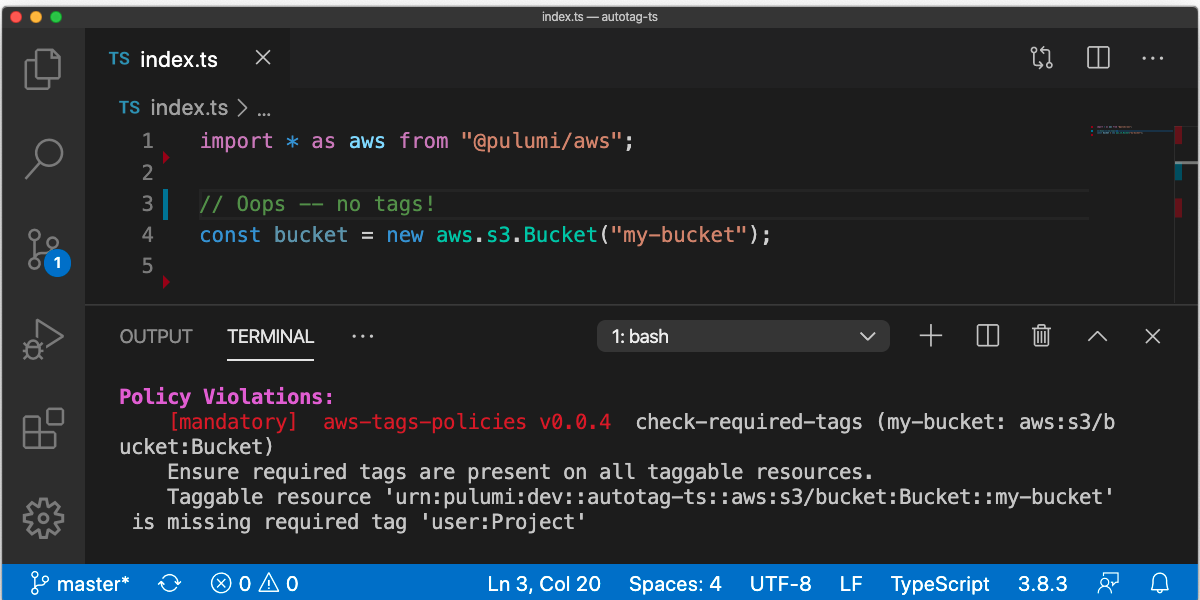Supporting Kubernetes with Faster, Easier Test Environments

Scott Lowe is a 20+ year veteran of the IT industry and a Staff Kubernetes Architect at VMWare. He’s a prolific author (seven books) and blogger. His technology-focused blog covers a range of topics that include cloud computing (AWS, Azure, and Kubernetes), virtualization (KVM, VMware vSphere), open-source tools (Terraform, Ansible, Vagrant, and others), and networking (Open vSwitch, Linux networking).
For this guest post, Scott demonstrates how he uses Pulumi to deploy AWS test environments across multiple regions to help with testing various Kubernetes tools and projects, including the Cluster API project.















